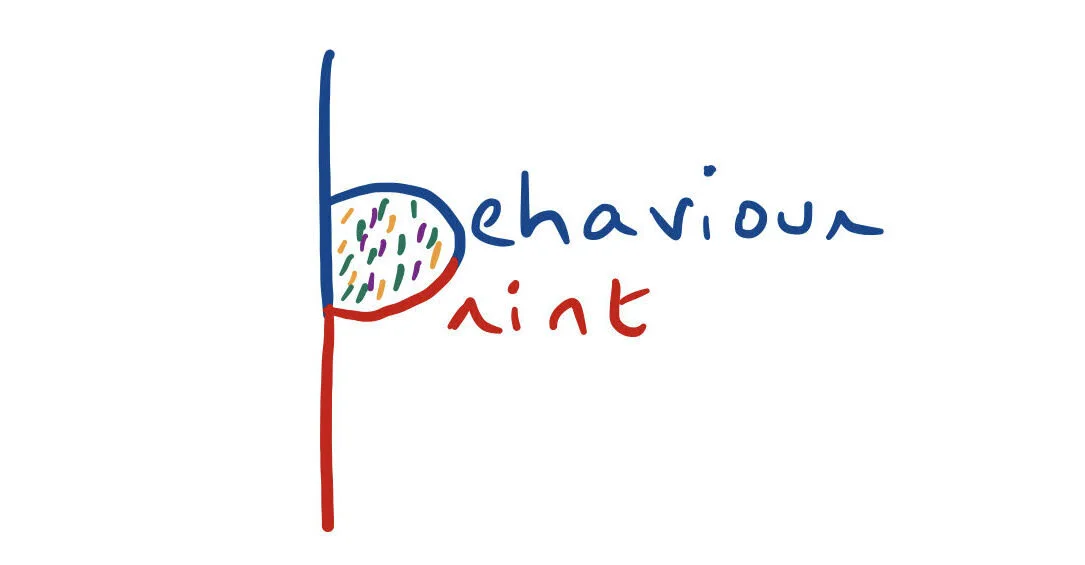Your Behaviour Print Could Be Your Next Resume
You’ve heard of a fingerprint, a footprint and even an eyeprint, but how about a behaviour print? A behaviour print is a unique trail of your behaviours at the workplace. It’s a way of keeping track of how you go about doing work as well as interacting with people in different situations.
To appreciate the importance of behaviours, one needs to understand the difference between a skill and a behaviour.
Morgan Housel explains this difference in a succinct manner
Skills are abilities we acquire as we work through our life. They are the practical application (doing work on the job) of theoretical knowledge (gotten from a book or an online course). Skills are the ‘what’ and are specific to the kind of work we do. Behaviours are ways in which we do the work. They are the ‘how’ and enable us to use our skills across different kinds of jobs.
Let’s explore this with a few examples:
Knowledge: Reading a book on how to sell
Skill: Working in the B2B sales team and hitting your quarterly targets
Behaviour: Creating constructive tension by pushing customers out of their comfort zone and offering unique and innovative perspectives
Knowledge: Doing an online course on data science
Skill: Working in the consumer growth team to provide insights on how to reduce churn
Behaviour: Being open minded and avoiding biases to explore the best possible solution
With the fast changing nature of work, the half life of skills has come down to 2 years. This has forced everyone into becoming a lifelong learner so as to build new skills. But as Ulrich Boser, the author of ‘Learn Better: Mastering the Skills for Success in Life, Business, and School, or How to Become an Expert in Just About Anything’ puts it, ‘Learning to learn is a type of behaviour’ and so how we go about learning can have a big impact on our ability to acquire new skills. Skills by themselves have no value unless fuelled with the right set of behaviours.
The ability to measure a person’s behaviour at work, boils down to the context and situation in which the person uses her/his skill. Further, this context is made up of the person in question, the specific task being worked on, and the group of actors who are involved. Now with a large part of individual work and group interaction going online, technology can help track people’s behaviours by making sense of a specific situation.
To see how this can pan out, let’s take the data scientist above.
Situation / Context: Weekly meeting (on zoom) with the consumer growth team to analyse the business numbers for the week (no of new users, no of churned users, no of active users, etc.)
Team: Business head, product manager, engineering manager, data scientist
Discussion points for the meeting: Questions to the team on how to improve the numbers for the next week
Ideal behaviours for the Data scientist while presenting the data:
Inquisitive: Desire to learn and identify interconnections between different bodies of knowledge
Detail oriented: Diligent debugging and spending time examining the quality of the data
Communicative: Translating analysis output into actionable business insights by engaging stakeholders logically and emotionally
Open minded: Suspending judgement to explore the best possible solution by observing new emerging patterns
Critical reasoning: Skeptical and never accepting a statement at face value by searching for answers that reflect the truth
The behaviour print for this meeting could be captured by an app that gets integrated with zoom and google calendar, and towards the end of the meeting, a print collector is triggered which enables everyone to rate themselves and each other on a scale of 1 to 10 on their key behavioural aspects along with comments on how they acted/reacted in the situation. This information along with all necessary contextual data is automatically collated and stored in each person’s account for future reference and analysis. Now imagine this happening across all the meetings and individual tasks you spend time on at work - you get a behaviour print that’s unique to you!
Ray Dalio who is a billionaire investor and hedge fund manager, famous for his outstanding book ‘Principles’, has created a company called Principles Tools to do just this. The company motto: “these tools are designed to help organisations operate consistently with their principles and culture. They are used to collect and process data to build a deep understanding of what people are like and to turn that data into intelligence.” One of the tools is called ‘The Dot Collector’ which is a type of behaviour print app.
Behaviours can give us much deeper insights into people and the behaviour print has a very bright future in this new age of work. With so many choices of careers and even more ways to be successful, the print can play a big role in matching people with the right careers while unleashing people’s potential at work. People can use their print to better understand themselves and apply for jobs where their natural behaviours will become enduring strengths. Further, recruiters can use the print to better screen job candidates. While resumes, degrees and online course certificates have given us a protocol to measure and communicate people’s skills and achievements, there’s been no comparable method to track and convey behaviours. The behaviour print could very well change that by becoming a new form of resume for the 21st century.



